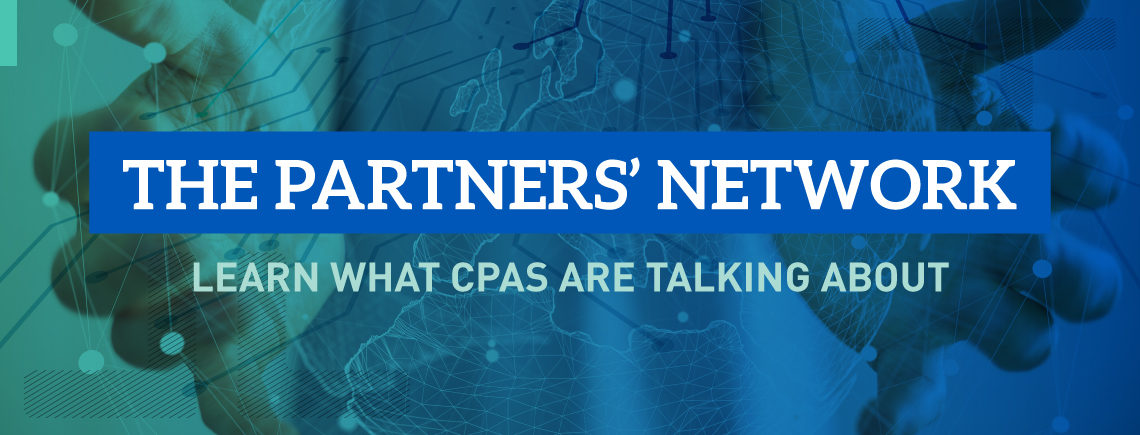Business Focus
GE is selling its electric appliance business and abandoning a highly visible but somewhat profitable segment. The heading in Tuesday’s Wall Street Journal declared that GE is narrowing its focus.
The article asks “What is GE?” What GE is, is not important to this discussion; what is important is the emphasis placed on focus. Many businesses are not focused, do not have a clear identity, have management whose energies are diffused and fragmented and a confused customer base about the company identity with diminishing brand values.
Companies of all types and sizes add divisions, brands and products trying to grow, obtain greater market share, and cross pollinate customers to get more of their purchase dollars. Many times, the end result is not clear other than to get bigger. In a larger sense the end result should be to make more money, and be a more secure company with a sustainable future. I believe this is usually overlooked because it is a long-term outcome that thwarts the “importance” of the short-term chase.
GE is an old company that is growing and has morphed into a completely different company than its founders which included Thomas Edison, imagined. With imaginative leadership, its growth went where opportunities led. Its leaders were alert to innovation and creatively applied it to growth and company identity evolution. Along the way its large size had to divert its leaders’ attention from everything except the most immediate profit contributors. The original core became a drag on overall growth and in reshaping the company, and diminished the big picture focus needed to continue growing.
Divestment of less profitable or slower growing segments is a smart way to monetize some assets while allowing better and truer focus on the larger parts of the business permitting a clearer focus on future growth.
You do not have to be a GE to have this apply to your business or not-for-profit organization. Critically examine your product lines, your customer base, your human resource allocation, your greatest and least profitable segments and those requiring the most attention, infrastructure and/or financing. Also examine your core capabilities and activities, whether and how your customers identify with your organization and pinpoint any growth inhibitors. Then, consider doing what GE did and get out of the drags. Size is not what creates value and sustainability and does not equate to cash flow which is what will really create long term health and value.
GE is not the only “mega-large” company going through this process, but its recent action precipitated these thoughts and comments. Use the above as a starting point to examine and possibly simplify your organization, add value and allow the right focus.
How Can We Help?


